The Reinvention Of Shepherd Market
By Something CuratedDeveloped between 1735-46 by local architect Edward Shepherd, Shepherd Market is a square and piazza tucked away in the heart of central London. Built on an open area known as Brook Field, through which flowed the River Tyburn, the land played host to an annual May fair, giving the surrounding area of Mayfair its name. Its original purpose was for cattle trading, but over the years the fair grew in size and popularity through the addition of performers, boxing and gambling. As a result of this growth, the event began to attract a less desirable segment of the population, which, along with development in the area, led to the banning of the fair in this location. Following the injunction, Shepherd was commissioned to develop the site, creating paved alleys, a duck pond, and a two-storey market topped by a theatre.
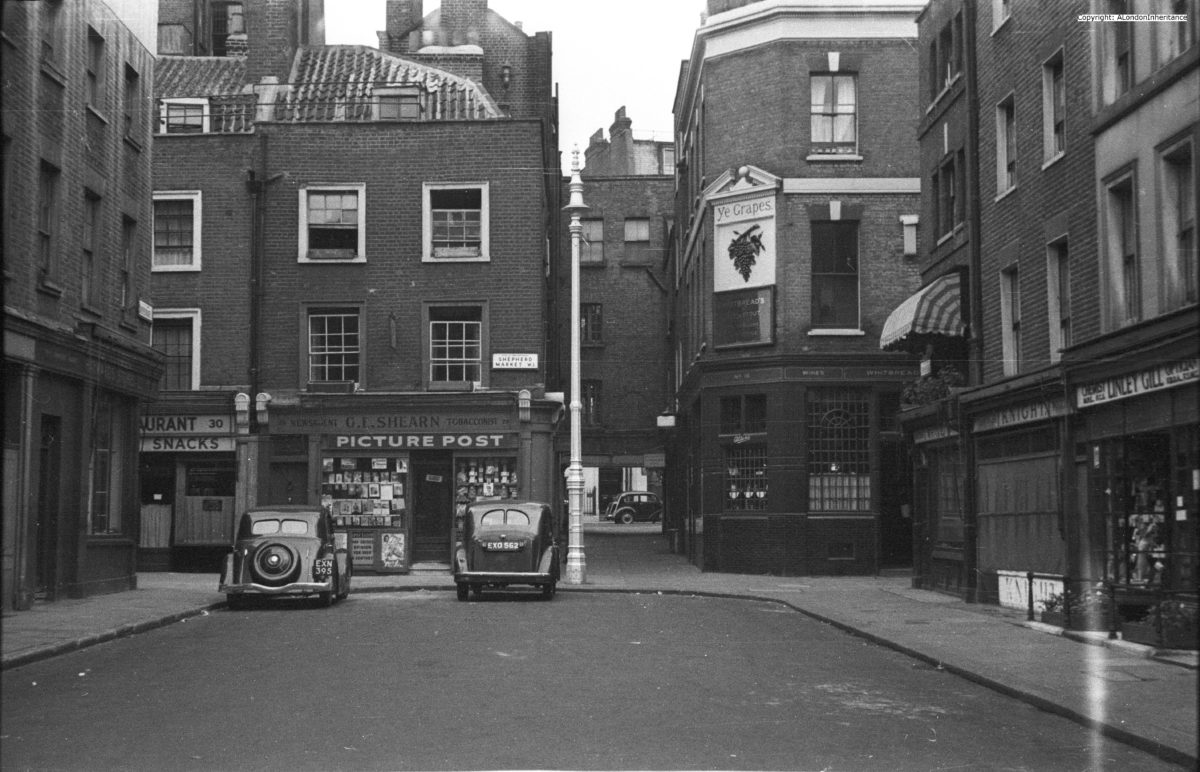
During the 1920s, Shepherd Market was a run down area, a popular neighbourhood for writers and artists, including eminent figures such as Michael Arlen and Sophie Fedorovitch. The area has had a longstanding reputation for prostitution, harbouring a number of well-known brothels throughout its history. In recent times, this unique enclave, hidden between Piccadilly and Curzon Street, is regarded as a concealed gem known for its relaxed village-like atmosphere. Shepherd Market certainly evokes the sense of a bygone era, with its secretive cobbled streets, eclectic square, and numerous quaint Victorian pubs and shops.
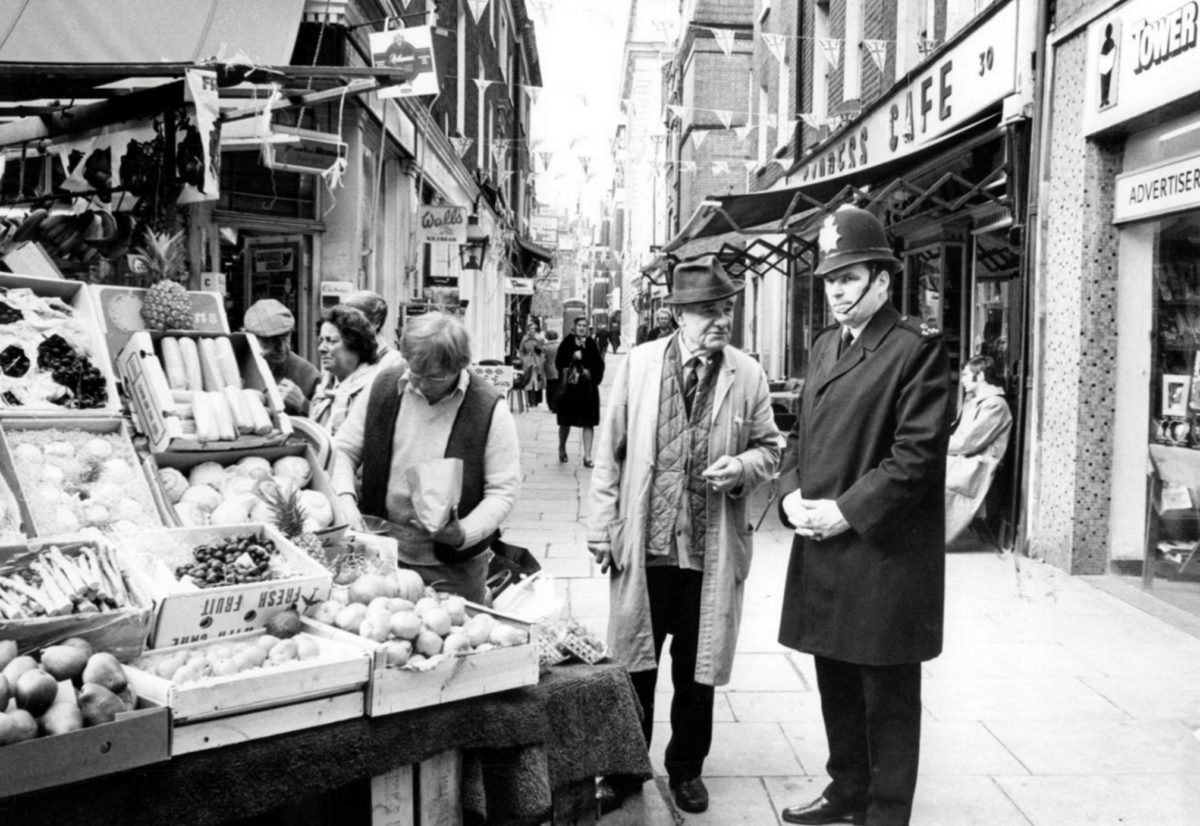
Though the area has some way to go before being compared with Soho, another red-light district turned culinary and cultural hub, there is certainly indication that Shepherd Market is moving in that direction. Over the past five years, the area has seen a visible shift in its residents and visitors, owing largely to the launch of Robin Birley’s private members club, 5 Hertford Street. Following Birley’s move to Shepherd Market in 2012, a number of establishments, including restaurants and galleries, have setup shop in the historic neighbourhood. Something Curated examines some of the area’s highlights, taking a closer look at the founders and proprietors responsible for Shepherd Market’s on-going regeneration.
5 Hertford Street || Robin Birley
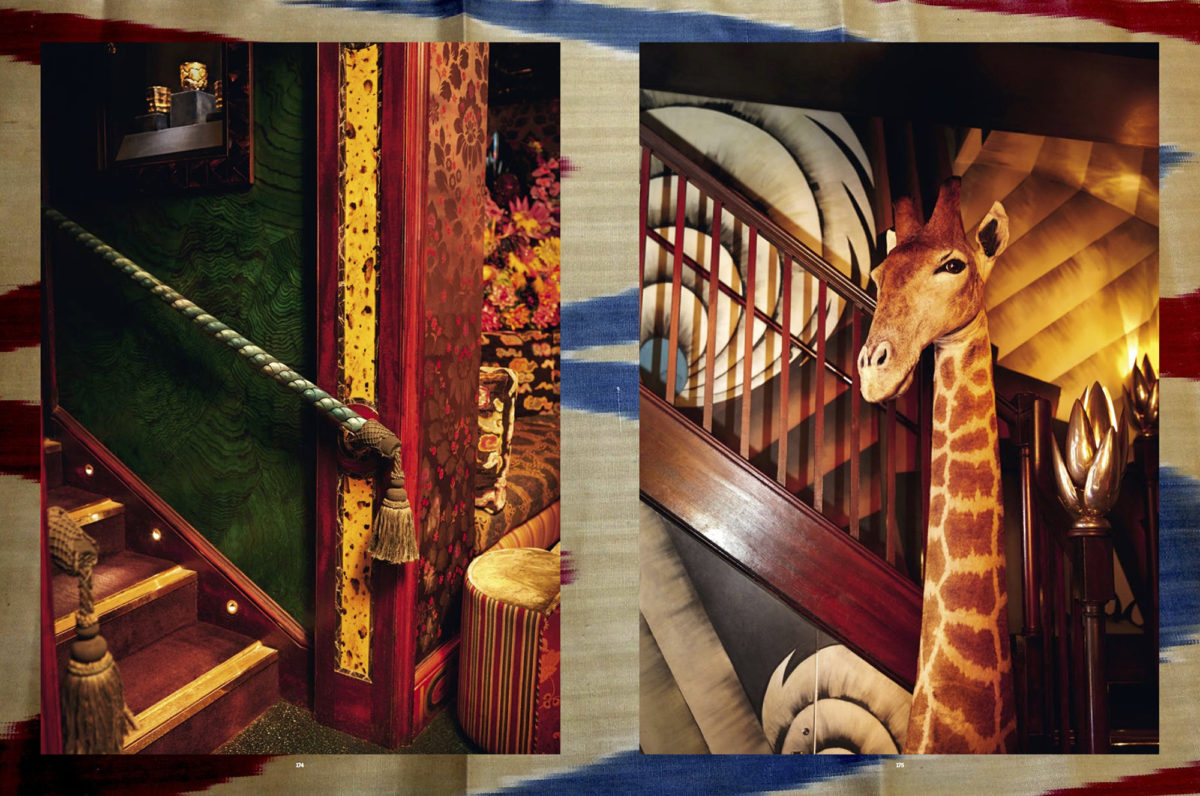
Robin Birley’s 5 Hertford Street has played a critical role in the rejuvenating of the West End address. Behind an unmarked maroon door, in the midst of Shepherd Market, lies a haven of exclusive luxury, with interiors conceived by Turkish-born designer, Rifat Özbek. The 18th Century townhouse, which underwent a £30 million restoration, boasts two restaurants, three bars, a cinema room and the glamorous nightclub LouLou’s. In the relatively short years since its opening, the club has become a coveted nightspot and has been frequented by royals, business tycoons and eminent celebrities. Founded by Birley, who inherited his father’s iconic club Annabel’s, it is little surprise that 5 Hertford Street has rapidly become a thriving success.
Kitty Fisher’s || Oliver Milburn, Tim Steel & Tom Mullion
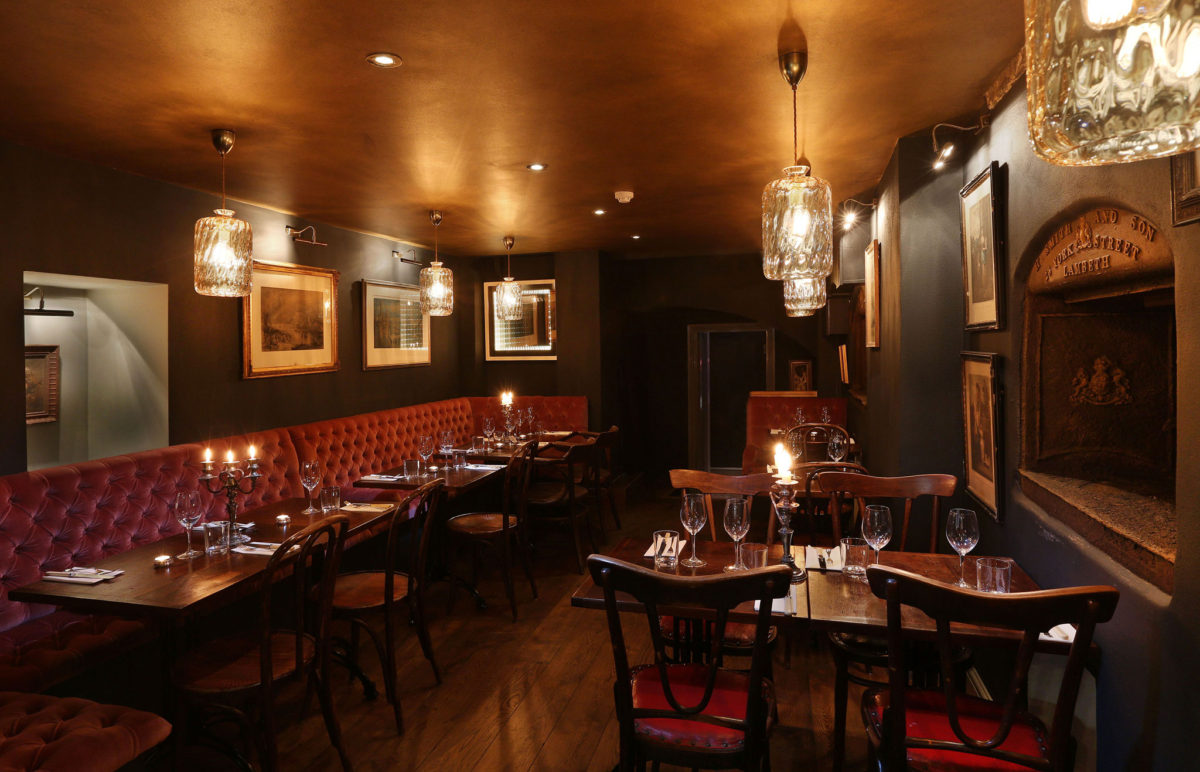
The popular eatery, named after a local Georgian courtesan, is the brainchild of friends Oliver Milburn, Tim Steel and Tom Mullion, who turned the countryside house-party cookouts of their youth into a flourishing restaurant concept. Young British Foodie Chef of the Year Tomos Parry offers up milk-cow steaks and crab with barbecued cucumber, with the help of a bespoke wood grill by the London Log Company that takes pride of place in the semi-open kitchen. A delightful neighbourhood restaurant, Kitty Fisher’s feels as though it’s been around for years. A relaxed ambience, not the norm in Mayfair, is created with paper serviettes, flickering tea lights, the old rose banquettes, and casually dressed staff.
Ferdi || Alicia & Jacques Fontanier
Paris restaurant Ferdi, long known as a haunt frequented by designers and models, launched its London outpost in Shepherd Market earlier this month. Ferdi first opened in Paris in 2004, quickly becoming a favourite among fashion insiders. The Shepherd Market space is set to be an intimate affair, seating around 28 diners inside and 8 outdoors. Lunch will be walk-ins only and they’ll be taking reservations for dinner by text. Speaking of their move to London, the founders said: “The opportunity arose and we decided why not! We already had a lot of Ferdi Paris clients living in London so it seemed like the perfect place. This spot reminded us a lot of the Paris location. Small and cosy and in a great area!”
LAMB Arts || Lucinda Bellm
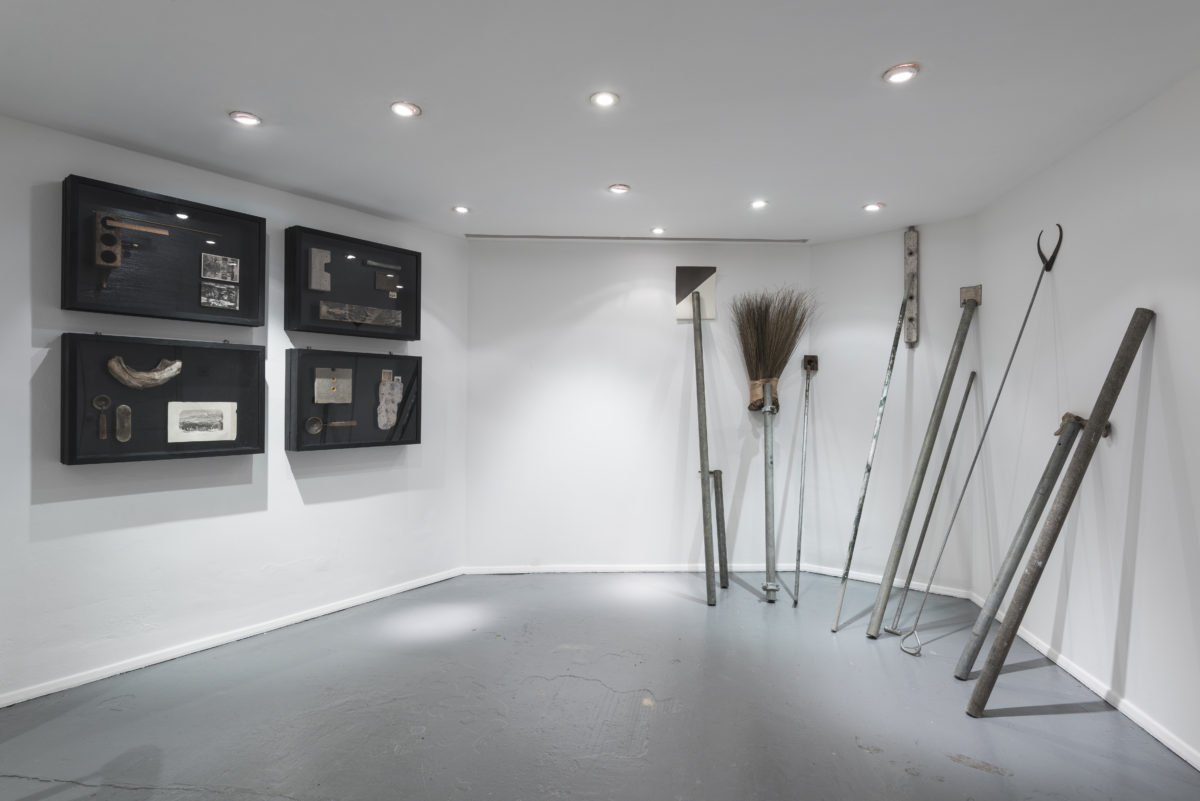
LAMB Arts was established in 2014 by gallerist Lucinda Bellm to promote the exchange between artistic and curatorial practices, markets and institutional projects in Latin America and Europe. With a permanent space in Mayfair, LAMB Arts opens a cultural programme between London and São Paulo. Representing a challenging selection of international talent, including artists Carla Chaim, who exhibited in the Mayfair space in Decemeber last year, James Hillman, and Tete de Alencar, to name a few, the gallery has a unique layout very in keeping with Shepherd Market. The space features a ten-meter underground cave that is used to show installation-based and site specific works, as well as basement and ground floor exhibiting rooms.
Little House Mayfair || Nick Jones
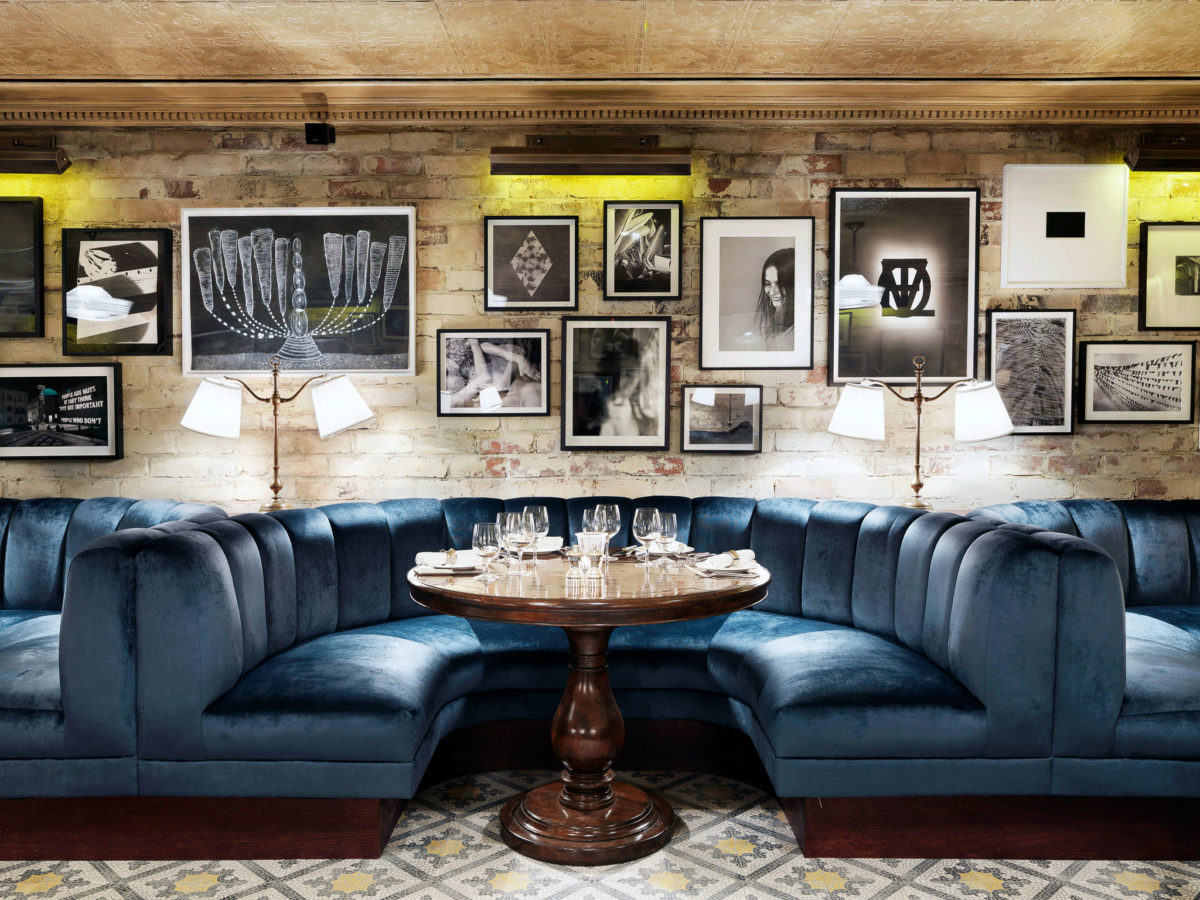
A stone’s throw away from Shepherd Market is Nick Jones’s Little House. The members club offers a retro ambience with wood panelling, reclaimed antique furniture, leather dining booths and fireplaces. Jones, whose Soho House brand is now a world leader, said of the distinctive venue: “I’ve always loved Mayfair but I just never thought we were grown up enough before… People don’t want a modern club in Mayfair, it will have a more traditional feel but done in a very stylish way. Described as a “relaxed and cosy space” the intimate venue is half the size of Soho House and much smaller than his other London outlets. Featuring a lounge and bar with a menu drawing inspiration from New York and Italy, the house boasts an eclectic art collection curated by painter Jonny Yeo and arts writer Francesca Gavin.